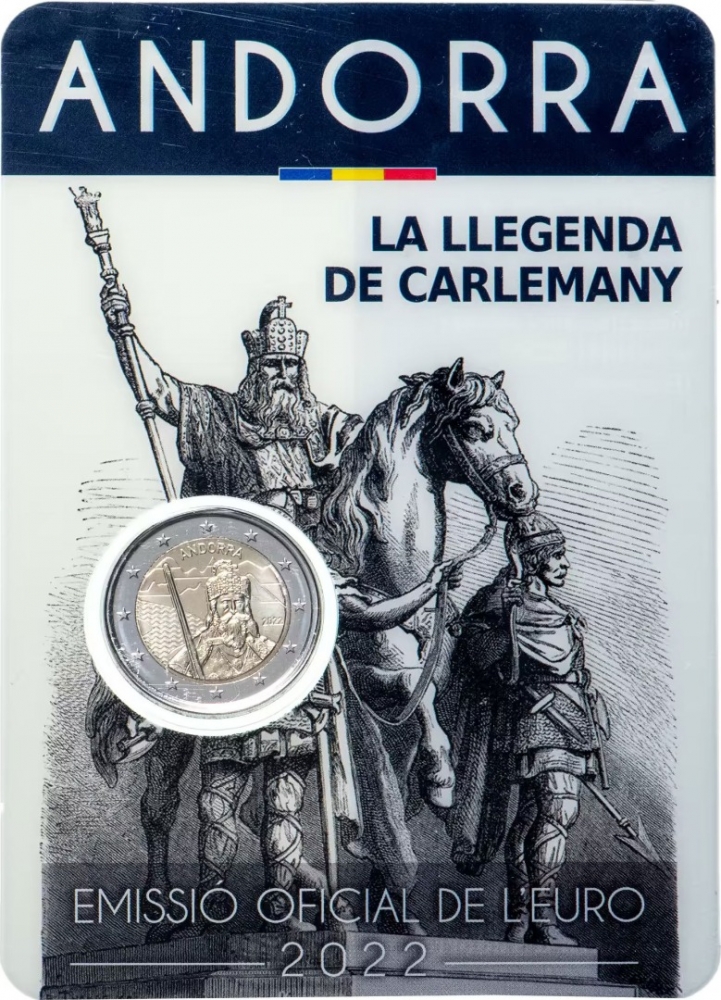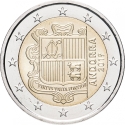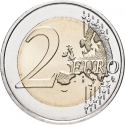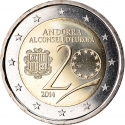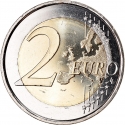You are about to finish your registration. Please check your mailbox (including spam folder). There should be a letter with a confirmation link. Check setting to make sure that your e-mail address is correct.
Send letter againDescription
Charlemagne or Charles the Great (742/747/748 – 814), numbered Charles I, was the King of the Franks from 768, King of the Lombards from 774 and Emperor of the Romans from 800. He united much of Europe during the early Middle Ages. He was the first recognised emperor in western Europe since the fall of the Western Roman Empire three centuries earlier. The expanded Frankish state which Charlemagne founded was called the Carolingian Empire.
Charlemagne has been called the "Father of Europe" (Pater Europae), as he united most of Western Europe for the first time since the Roman Empire. His rule spurred the Carolingian Renaissance, a period of energetic cultural and intellectual activity within the Western Church. All Holy Roman Emperors considered their kingdoms to be descendants of Charlemagne's empire, up to the last Emperor Francis II and the French and German monarchies.
Obverse

|
Depicts the monumental portrait "The Emperor Charlemagne" by Albrecht Duerer (1511/13, Germanisches Nationalmuseum, Nuremberg). In the background, a landscape with mountains and a river, representing the rich scenery of Andorra. The country name above. The date on the right. ANDORRA |
|---|---|
Reverse

|
A geographical map of Western Europe spans the outer ring and inner core on the right side of the coin. The inscription 2 EURO is superimposed over the map of Europe, with the numeral “2” located in an open field representing the eastern Atlantic Ocean. 2 EURO |
| Edge |
The sequence "2 ★ ★" repeated six times alternately upright and inverted 2 ★ ★ 2 ★ ★ 2 ★ ★ 2 ★ ★ 2 ★ ★ 2 ★ ★ |
Characteristics
| Type | Commemorative Issue (Non-circulating) |
| Material | Bi-Metallic |
| Ring | Cupronickel |
| Center | Nickel Brass |
| Weight | 8.5 g |
| Diameter | 25.75 mm |
| Thickness | 2.2 mm |
| Shape |
|
| Alignment | Medal |
| Mint |
Royal Spanish Mint (FNMT-RCM)
|


